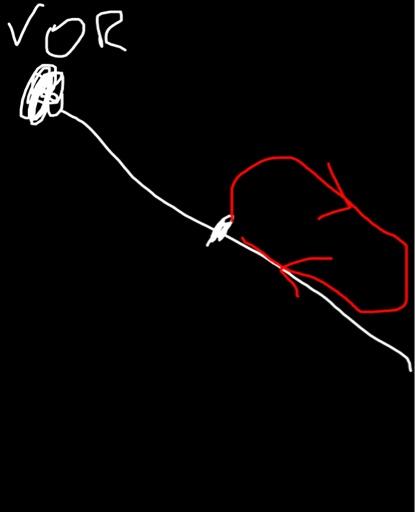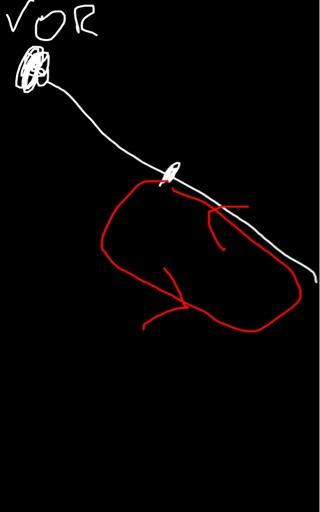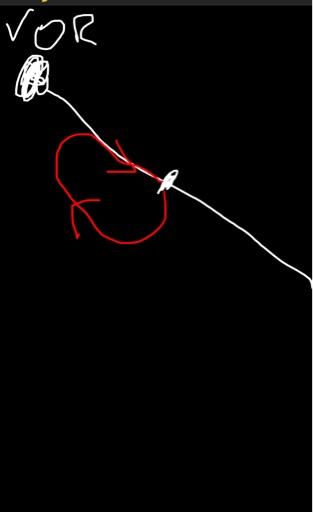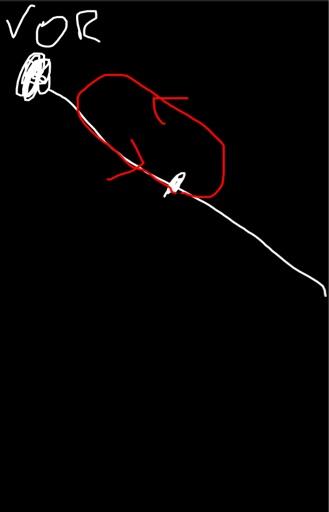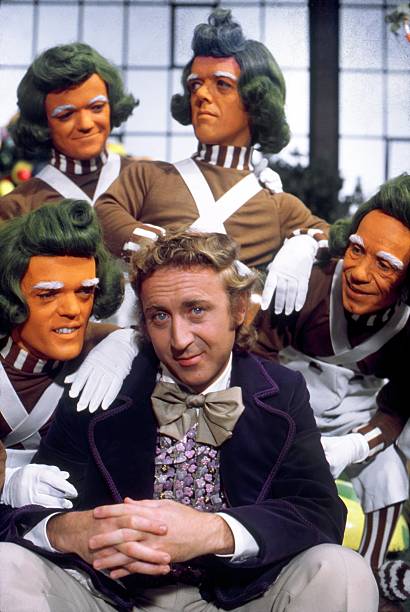All you need to know is they are going to give you a fix and the "inbound" leg. with the possiblity of non-standard turns. or designated leg length.
for your example
Fix = 110 Radial off the ABC VOR (the is the fix)
Inbound Leg = 110 Radial on the SE side of the fix.
So draw a point (the fix) then draw the line (110 Radial) then put an arrow on the inbound side pointing to the fix (SE side of the 110 Radial), then when cross the fix make a turn (right is standard since you didn't specify) Fly outbound then turn back to you inbound leg
View attachment 113055
Brian
CFIIG/ASEL


